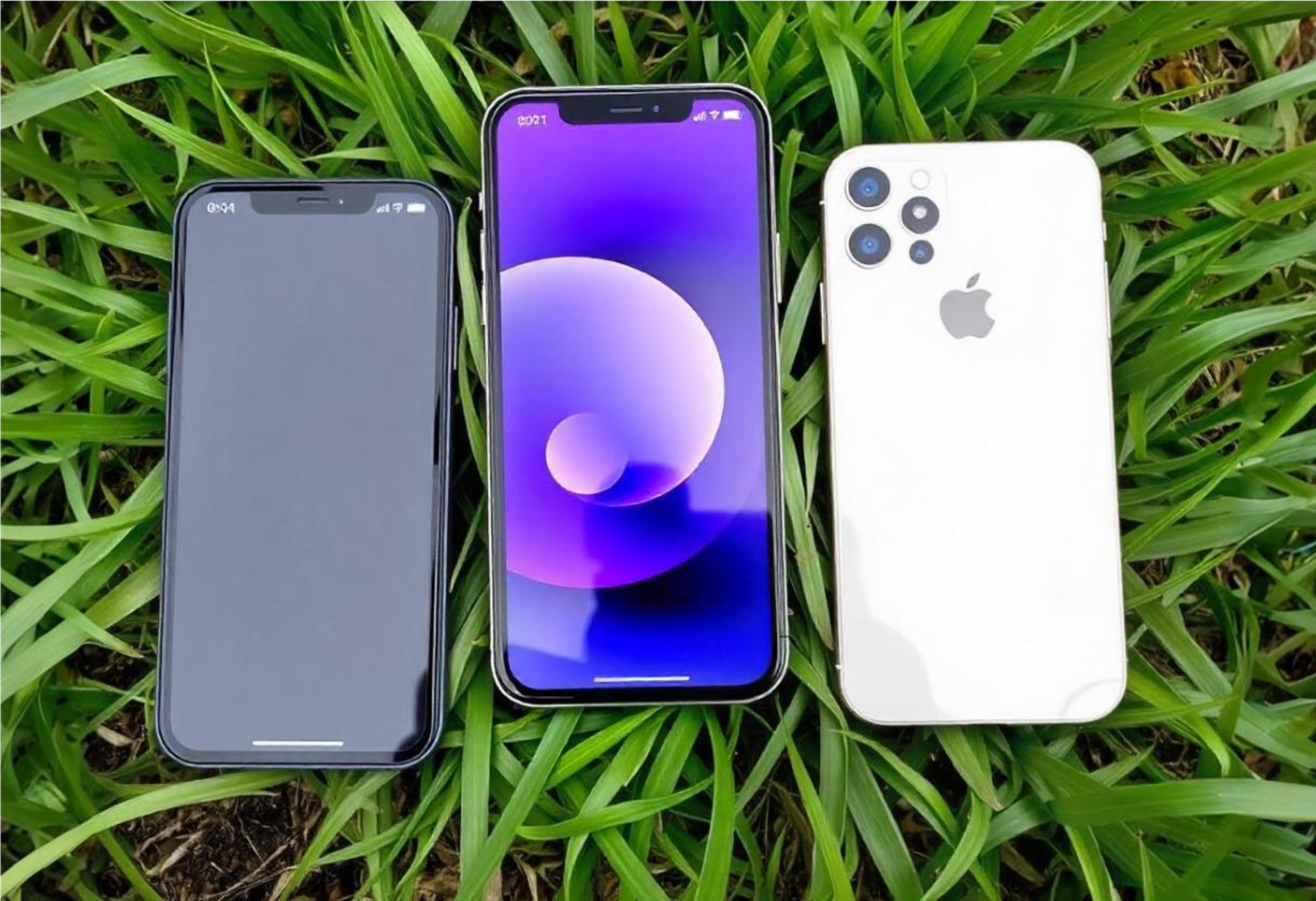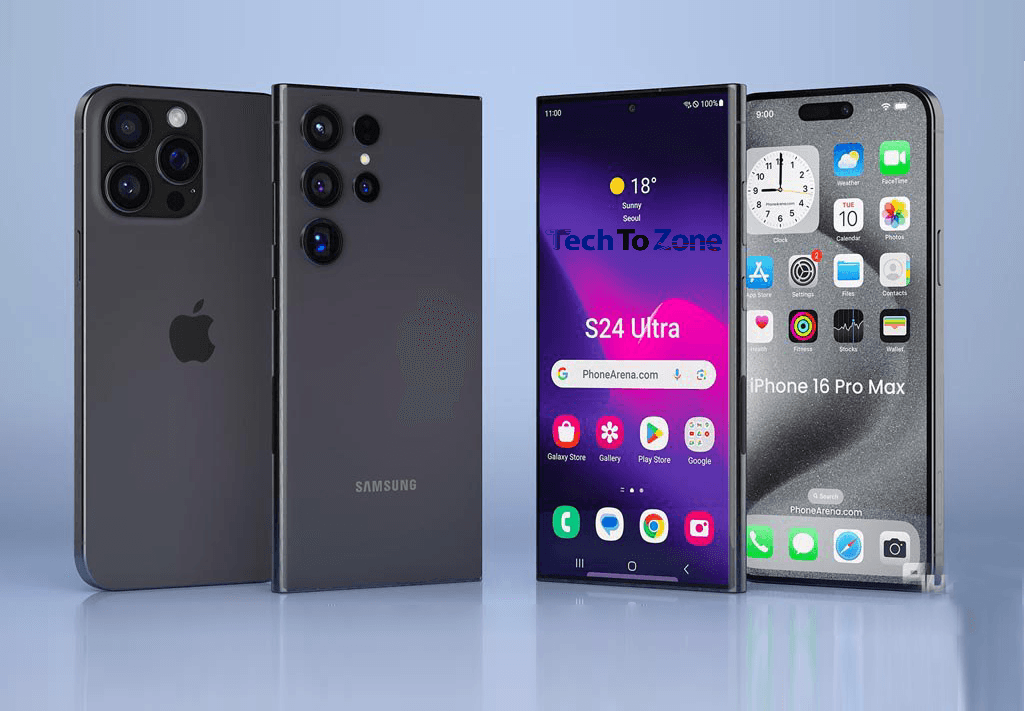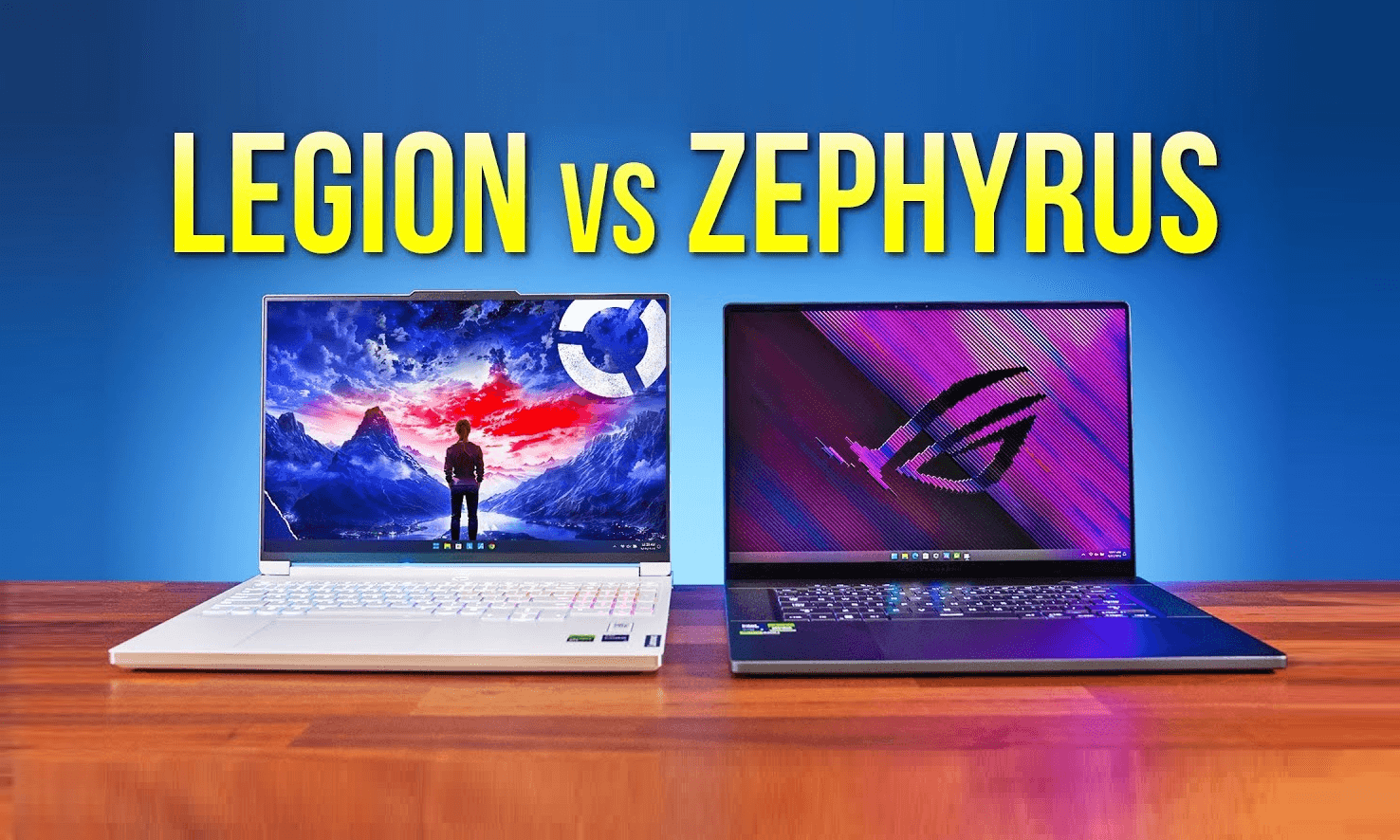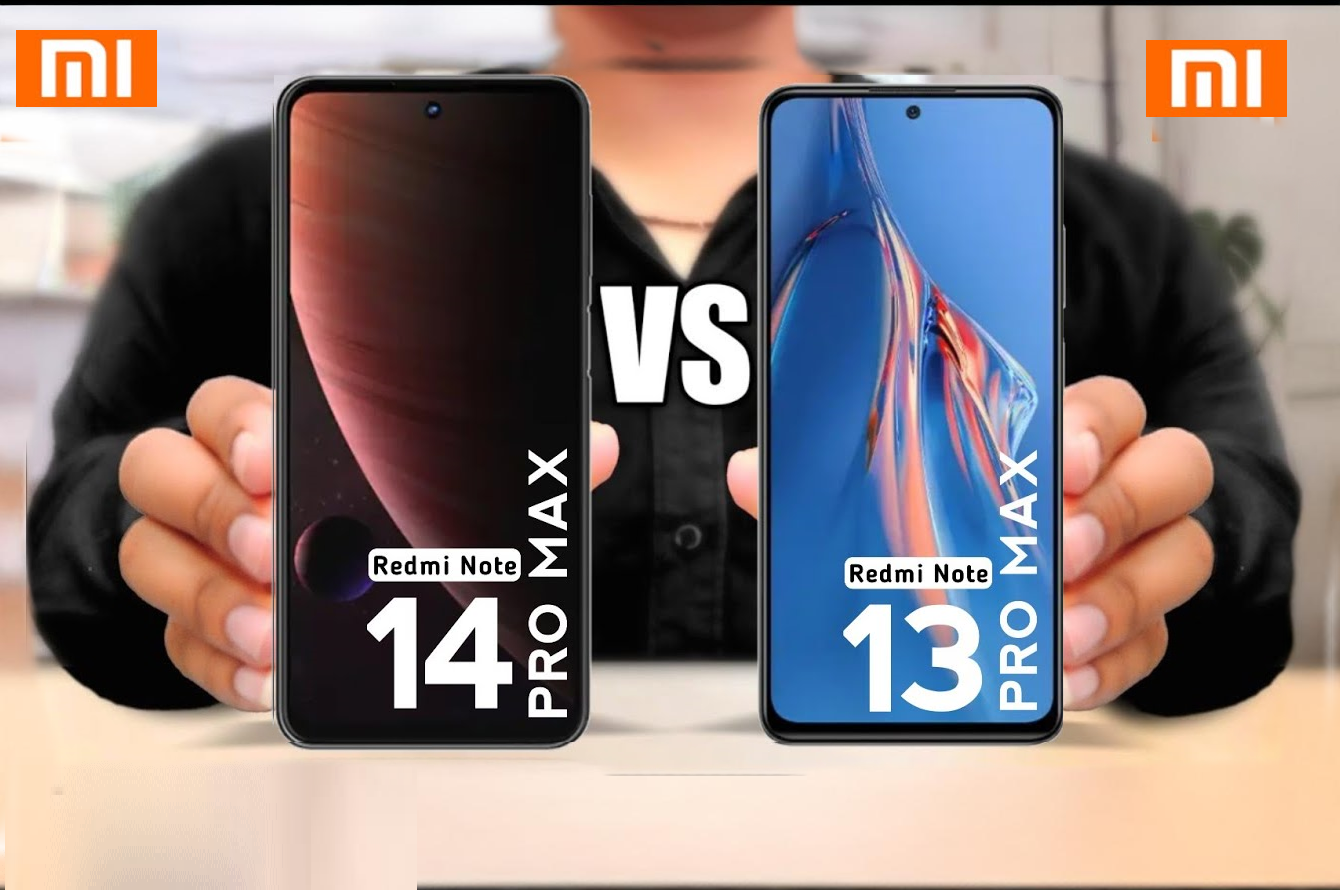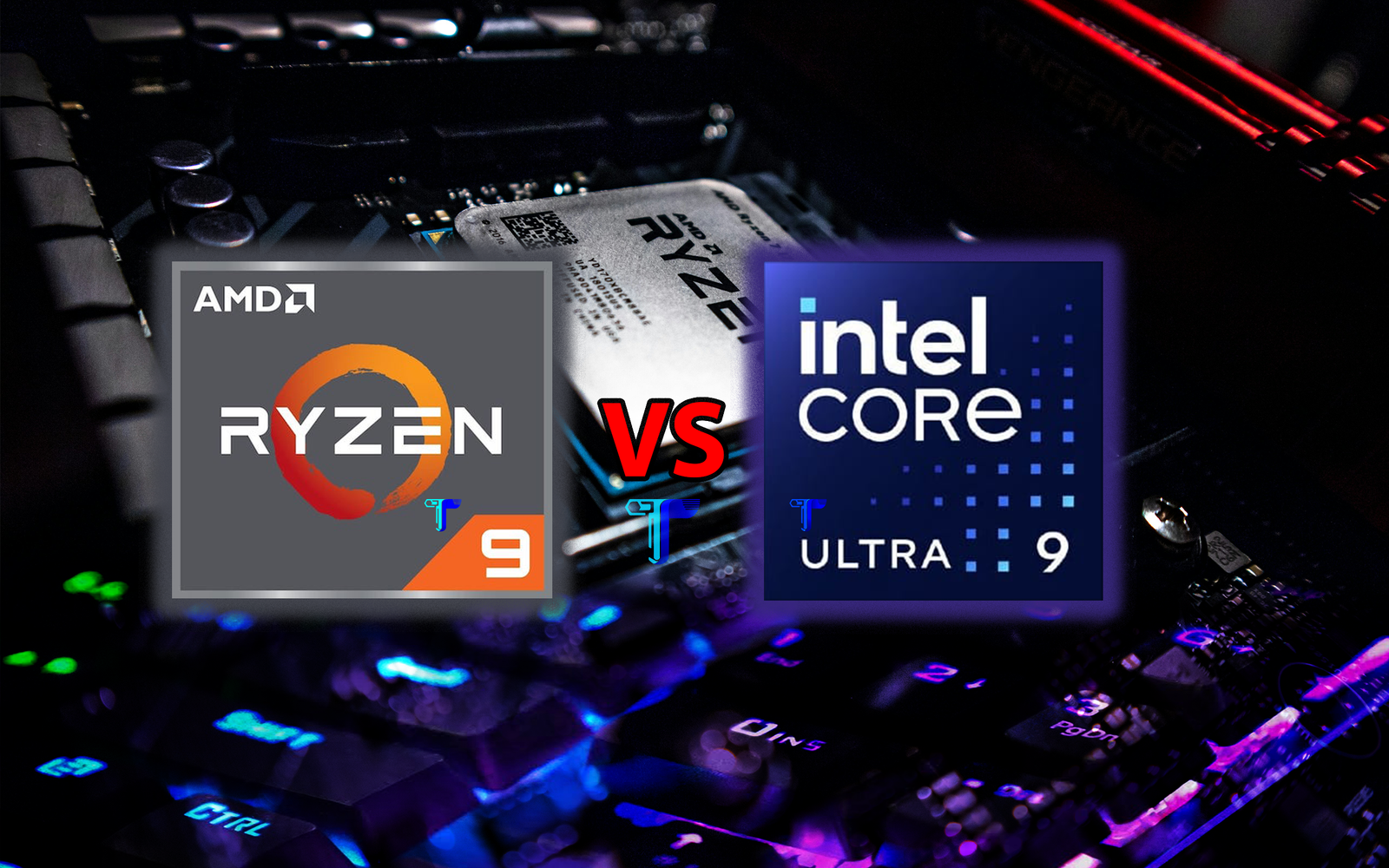As Apple continues to evolve its iPhone lineup, the Pro models have seen incremental yet significant upgrades. This article delves into the key differences between the iPhone 16 Pro, 15 Pro, and 14 Pro, examining aspects such as battery life, display, design, connectivity, camera capabilities, and overall performance. This comprehensive comparison will help potential buyers determine whether the latest model is worth the investment.
Battery Life: A Clear Win for the iPhone 16 Pro
Battery life is a primary concern for most smartphone users, and Apple has consistently promised enhancements with each new release. The iPhone 16 Pro comes equipped with a battery that is approximately 10% larger than that of its predecessor, complemented by advanced battery optimization and power management features. In real-world scenarios involving gaming, video streaming, and web browsing, the iPhone 16 Pro lasted about an hour longer than both the 15 Pro and 14 Pro.
For typical daily usage, users can expect around 8 to 10 hours of hands-on usage. It’s worth noting that battery degradation can impact performance, particularly in older models like the 14 Pro, which may have lost 10-20% of their original capacity over time.
Winner: iPhone 16 Pro for superior longevity and efficiency.
Display: Minor Adjustments, but Noticeable
Apple has maintained several key features of its Pro displays across recent models. Both the iPhone 16 Pro and 15 Pro boast nearly identical displays to the 14 Pro, including peak brightness and resolution. However, the 16 Pro introduces subtle yet useful enhancements:
- Size Increase: The display on the 16 Pro is slightly larger, although the difference is minor and may be barely noticeable when comparing side by side.
- 1 Nit Brightness: The minimum brightness of the 16 Pro has been reduced to just 1 nit, making it ideal for low-light environments, such as late-night scrolling, without straining the eyes.
Winner: iPhone 16 Pro for slight improvements tailored to specific needs.
Build and Design: From Stainless Steel to Titanium
Starting with the iPhone 15 Pro, Apple transitioned from stainless steel to titanium, which makes the iPhone 16 Pro even lighter and more comfortable to hold. The 16 Pro is available in a new color, “Desert Titanium,” though reactions to this color vary among users. The classic natural titanium finish remains popular for its scratch resistance and timeless aesthetic.
In terms of ergonomics, the rounded edges of the 15 and 16 Pro models provide a more comfortable grip compared to the sharper edges of the 14 Pro. While all three models share similar chassis dimensions, they appear quite alike at first glance.
Winner: iPhone 16 Pro and iPhone 15 Pro for weight and comfort.
Charging and Connectivity: A USB-C Transition
With the introduction of the iPhone 15 Pro and 16 Pro, Apple made the significant switch from Lightning to USB-C, eliminating the need for an additional Lightning cable and enhancing compatibility with various devices. The USB-C ports on the 15 Pro and 16 Pro support USB 3 speeds of up to 10 Gbps, facilitating quick and efficient file transfers for raw photos or ProRes videos. However, it’s important to note that the included cable is limited to USB 2 speeds, so for professional users, purchasing a separate high-speed cable may be necessary.
The USB-C port also allows for reverse charging, enabling users to charge devices like AirPods directly from their iPhone.
Winner: iPhone 16 Pro and 15 Pro for enhanced charging and connectivity.
Action Button vs. Mute Switch
A noteworthy physical change is the introduction of the Action Button, which replaces the traditional mute switch. Both the iPhone 15 Pro and 16 Pro feature this customizable button, which users can assign various functions through shortcuts. While some users find this change unnecessary, others appreciate the flexibility of assigning different actions.
However, the Action Button currently lacks a double-click option, limiting users to a single action at a time. Many users continue to use it primarily as a mute toggle, maintaining its original functionality.
Winner: Tie between iPhone 15 Pro and 16 Pro for the customizable Action Button.
Camera: Incremental Enhancements Across Models
The camera system remains a focal point for Apple’s Pro models, but the differences between these three generations are nuanced. Here’s a breakdown of the key changes:
- Zoom and Megapixel Upgrades: The 16 Pro features a 5x zoom across both models, whereas the 15 Pro only offers this capability on its Max version. Additionally, the ultrawide camera’s megapixels have been upgraded from 12 to 48 in the 16 Pro, resulting in sharper low-light shots.
- Higher Frame Rates: The iPhone 16 Pro introduces 120 FPS recording at 4K, an improvement over the 15 Pro’s 60 FPS limit, which is excellent for capturing ultra-smooth video.
- Camera Control Button: Exclusive to the iPhone 16 Pro, this new button enhances functionality, allowing users to launch the camera, take photos, or adjust zoom settings with a haptic click. However, its placement may not be convenient for all users, especially for one-handed operation.
For those who heavily rely on their iPhone cameras, it’s advisable to skip the 14 Pro in favor of the 15 or 16 Pro. The 16 Pro’s enhancements are aimed at users seeking high-resolution capabilities and increased flexibility in video capture, though these improvements may feel incremental to general users.
Winner: iPhone 16 Pro for pro-level video capture capabilities and upgraded zoom.
Performance and Internal Enhancements
All three iPhones are equipped with different chipsets, with Apple highlighting performance improvements with each iteration:
- CPU and GPU: The iPhone 16 Pro features the A18 Pro chip, which is more efficient than the A17 Pro in the 15 Pro, resulting in better battery life. While benchmarks indicate performance enhancements, most users are unlikely to notice a significant difference in everyday tasks.
- Apple Intelligence Compatibility: The A18 Pro in the 16 Pro is optimized for Apple Intelligence, Apple’s new AI assistant feature. While the 15 Pro also supports this feature, the 14 Pro may not be fully compatible.
In terms of raw performance, only power users are likely to detect noticeable differences, particularly during demanding tasks like high-end gaming or video editing.
Winner: iPhone 16 Pro for efficiency gains and Apple Intelligence optimization.
Conclusion: Which iPhone Pro Is Right for You?
If you’re seeking substantial upgrades in battery life, camera capabilities, or the convenience of USB-C, the iPhone 16 Pro is the optimal choice. However, if you currently own the 15 Pro, the improvements may not be compelling enough to justify an upgrade at this time. The iPhone 14 Pro continues to perform admirably but lacks newer features that are becoming standard, such as USB-C and 5x zoom.
Summary:
- Battery Life: iPhone 16 Pro
- Display: iPhone 16 Pro (slight improvement)
- Build & Comfort: iPhone 16 Pro and iPhone 15 Pro
- Charging & Connectivity: iPhone 16 Pro and iPhone 15 Pro
- Camera: iPhone 16 Pro
- Performance: iPhone 16 Pro
For users upgrading from a 14 Pro or earlier models, the 16 Pro will represent a significant leap forward. However, for users of the 15 Pro, the decision to upgrade hinges on how much the enhanced camera features, efficiency gains, and subtle design changes impact daily usage.
